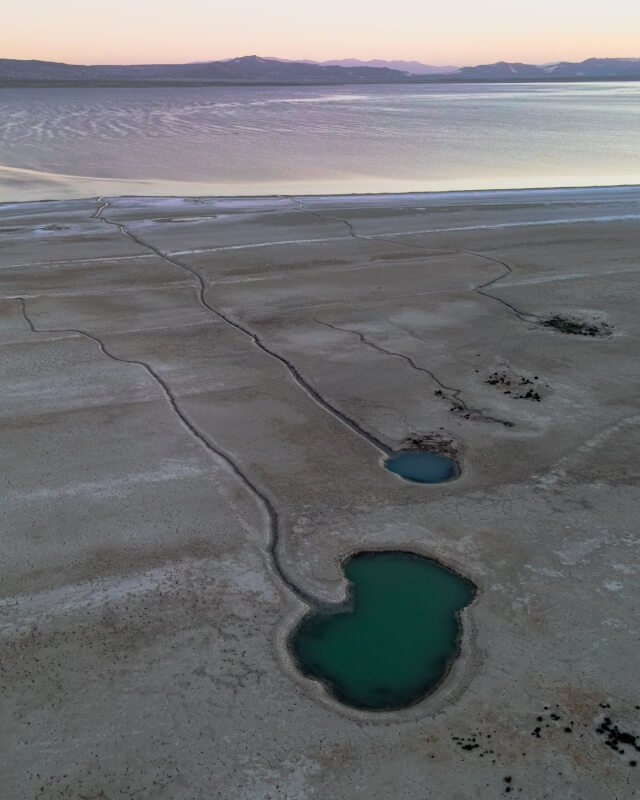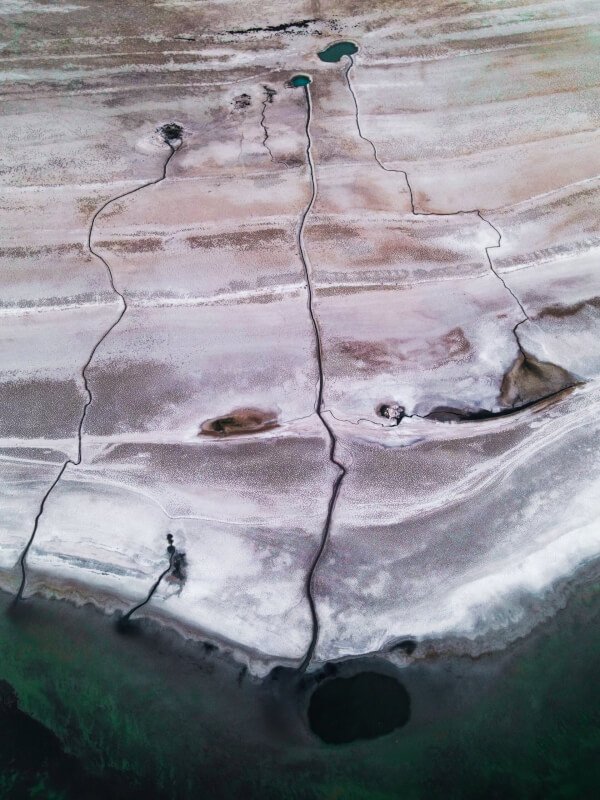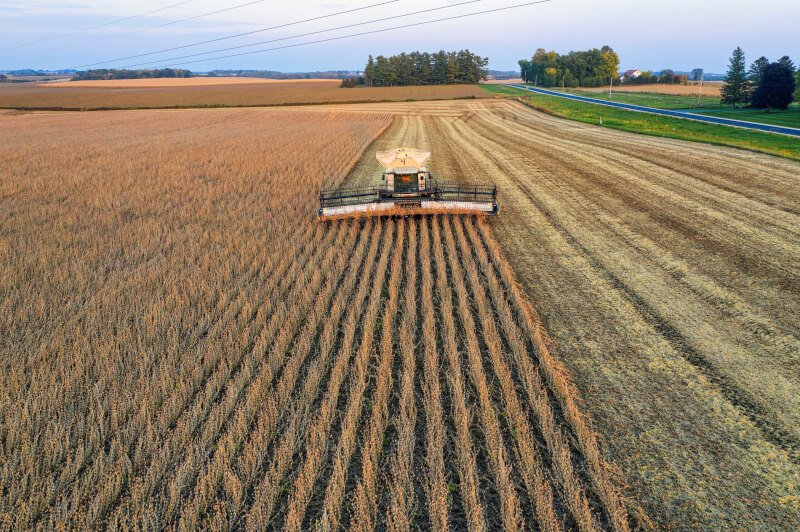Imagine the thrill of seeing a miniature helicopter soar high above the ground, maneuvering through the air with precision and grace. Remote control helicopters, also known as RC helis, have become a popular hobby worldwide. But before you take your RC heli out for a spin in a different country, it’s important to be aware of the legal regulations governing their use. From height limits to designated flying areas, each country has its own set of rules to ensure safety and maintain order in the skies. In this article, we will explore the legal requirements for flying RC helis in different countries, giving you the knowledge and confidence to enjoy your hobby responsibly while abroad.

United States
Federal Aviation Administration (FAA) Regulations
When it comes to flying drones in the United States, the Federal Aviation Administration (FAA) is the governing body responsible for establishing and enforcing regulations. These regulations apply to both recreational and commercial drone use. The FAA has implemented rules to ensure the safe and responsible operation of drones in the national airspace.
Registration Requirements
One important requirement for drone owners in the United States is the need to register their drones with the FAA. This applies to all drones that weigh between 0.55 pounds and 55 pounds. The registration process involves providing certain information, including the owner’s name, physical address, and email address. Once registered, drone owners are issued a unique identification number that must be affixed to their drone.
Flight Restrictions
The FAA has set certain flight restrictions to ensure the safety of manned aircraft and the general public. These restrictions include not flying over people, flying within line of sight, and avoiding flying in restricted airspace such as near airports or temporary flight restrictions (TFR) areas. It is important for drone operators to familiarize themselves with these flight restrictions and abide by them to avoid any potential accidents or penalties.
Fly Zones
In addition to flight restrictions, the FAA has established designated fly zones where drone operation is either prohibited or heavily regulated. These fly zone designations include national parks, military bases, and other sensitive areas. Drone operators must respect these fly zones and refrain from flying in these restricted areas.
Visual Line of Sight (VLOS) Requirement
To ensure the safe operation of drones, the FAA requires operators to maintain visual line of sight with their drones at all times. This means that the drone must be within the operator’s direct line of sight, allowing them to see and avoid other aircraft, obstacles, and people. Flying beyond visual line of sight (BVLOS) requires special authorization from the FAA.
Remote ID
The FAA has also implemented a remote identification (Remote ID) requirement for certain drones. This rule mandates that drones have the ability to transmit identification information while in flight, allowing for remote identification by law enforcement and other authorities. It is important for drone operators to ensure that their drones comply with the Remote ID requirements to avoid any regulatory issues.
Commercial Use
Drone operators who wish to use their drones for commercial purposes in the United States must obtain a Part 107 Remote Pilot Certificate. This certification involves passing a knowledge test and demonstrating knowledge of the regulations and safe operating practices. The Part 107 certification is required for any commercial activities such as aerial photography, videography, or surveying.
Licensing and Certification
In addition to the Part 107 certification for commercial drone operation, the FAA also offers different types of licenses and certifications for more specialized drone operations. These include the Remote Pilot In Command Certificate, which is required for drone pilots operating under certain specific conditions, such as flying over people or at night. The FAA also offers certifications for drone instructors and flight reviewers.
Liability and Insurance
Drone operators in the United States are responsible for any damages or injuries caused by their drones. It is important for drone operators to carry liability insurance to protect themselves in the event of an accident or incident. Insurance coverage can help mitigate the financial risks associated with drone operations and provide peace of mind to operators.
Drone Laws for Specific States
In addition to federal regulations, individual states in the United States may have their own specific drone laws and regulations. These laws can vary from state to state, so it is crucial for drone operators to familiarize themselves with the regulations in the state where they intend to fly their drones. Some states may have additional requirements or restrictions beyond the federal regulations.
By understanding and adhering to the FAA regulations, drone operators can enjoy flying their drones safely and responsibly in the United States.
Canada
Transport Canada Regulations
In Canada, the regulations for flying drones are overseen by Transport Canada. These regulations apply to both recreational and commercial drone use and are designed to ensure the safety of the airspace and the public.
Registration Requirements
Similar to the United States, drone owners in Canada are required to register their drones with Transport Canada. The registration process involves providing information about the drone, including its make, model, and serial number. Once registered, drone operators are issued a unique registration number, which must be affixed to their drone.
Flight Restrictions
Transport Canada has implemented flight restrictions to ensure the safe operation of drones. These restrictions include flying within visual line of sight, avoiding flying near or over people, and respecting the privacy of others. Drone operators must also adhere to any temporary flight restrictions and avoid flying in restricted airspace, such as near airports or military installations.
No-Fly Zones
Similar to other countries, Canada has designated no-fly zones where drone operation is prohibited. These areas include airports, heliports, and other sensitive locations. It is important for drone operators to familiarize themselves with these no-fly zones and respect the restrictions to prevent any potential accidents or incidents.
Visual Line of Sight (VLOS) Requirement
Transport Canada requires drone operators to maintain visual line of sight with their drones at all times. This means that the operator must be able to see the drone with their naked eye, without the use of binoculars or First Person View (FPV) goggles. This requirement helps ensure the safe operation of drones and enables the operator to detect and avoid any potential hazards.
Transportation of Dangerous Goods (TDG) Regulations
Drone operators in Canada must also comply with the Transportation of Dangerous Goods (TDG) regulations if they transport hazardous materials or substances using their drones. These regulations outline specific requirements and restrictions regarding the transportation of dangerous goods by drone.
Commercial Use
Drone operators who wish to use their drones for commercial purposes in Canada must obtain a Special Flight Operations Certificate (SFOC) from Transport Canada. This certificate ensures that the operator has met the necessary requirements and can operate their drone safely and responsibly for commercial activities.
Licensing and Certification
Transport Canada offers different types of licenses and certifications for drone operators, depending on the complexity and nature of their drone operations. These include the Basic Operations Certificate for basic drone operations, the Advanced Operations Certificate for more advanced operations, and the Special Flight Operations Certificate for commercial operations or operations that do not fall under the Basic or Advanced Operations categories.
Liability and Insurance
Similar to other countries, drone operators in Canada are responsible for any damages or injuries caused by their drones. It is important for drone operators to carry liability insurance to protect themselves in case of accidents or incidents. Insurance coverage can help mitigate the financial risks associated with drone operations and provide peace of mind to operators.
Provincial and Municipal Restrictions
In addition to the federal regulations, provinces and municipalities in Canada may have their own specific regulations and restrictions for drone operations. It is important for drone operators to familiarize themselves with the regulations in the province and municipality where they intend to fly their drones. These additional regulations may include requirements for permits, flight restrictions, or additional restrictions on drone operations.
By adhering to the Transport Canada regulations and any additional provincial or municipal regulations, drone operators in Canada can ensure the safe and legal operation of their drones.

United Kingdom
Civil Aviation Authority (CAA) Regulations
In the United Kingdom, the Civil Aviation Authority (CAA) is the regulatory body responsible for overseeing the safe and responsible operation of drones. The CAA has implemented regulations to ensure the safety of the airspace and the public.
Registration Requirements
Drone owners in the UK are required to register their drones with the CAA if their drones weigh more than 250 grams. The registration process involves providing personal and drone information, including the owner’s name and address, as well as details about the drone. Once registered, drone operators are issued an Operator ID and must affix it to their drone.
Flight Restrictions
The CAA has established flight restrictions to ensure the safe operation of drones in the UK. These restrictions include flying within visual line of sight, avoiding flying near or over people, and respecting the privacy of individuals. Drone operators must also adhere to any temporary flight restrictions and avoid flying in restricted airspace, such as near airports or military installations.
No-Fly Zones
Similar to other countries, the UK has designated no-fly zones where drone operation is prohibited. These zones include airports, military installations, and other sensitive areas. Drone operators must familiarize themselves with these no-fly zones and avoid flying in these restricted areas to prevent any potential accidents or incidents.
Visual Line of Sight (VLOS) Requirement
The CAA requires drone operators in the UK to maintain visual line of sight with their drones at all times. This means that the operator must be able to see the drone with their naked eye, without the use of binoculars or First Person View (FPV) goggles. This requirement helps ensure the safe operation of drones and allows the operator to detect and avoid any potential hazards.
Air Navigation Order (ANO)
The Air Navigation Order (ANO) in the UK sets out the legal requirements and regulations for the operation of drones. It covers various aspects, including flight restrictions, visual line of sight requirements, and other operational rules. Drone operators must familiarize themselves with the ANO and comply with its provisions to ensure the legal and safe operation of their drones.
Commercial Use
Drone operators who wish to use their drones for commercial purposes in the UK must obtain a Permission for Commercial Operations (PfCO) from the CAA. This permission ensures that the operator has met the necessary requirements and can operate their drone safely and responsibly for commercial activities.
Licensing and Certification
The CAA offers different types of licenses and certifications for drone operators in the UK. These include the Standard Permission and the Operational Authorisation for different types of commercial and non-commercial drone operations. The certifications require operators to demonstrate their knowledge of the regulations and safe operating practices.
Liability and Insurance
Drone operators in the UK are responsible for any damages or injuries caused by their drones. It is important for drone operators to carry liability insurance to protect themselves in case of accidents or incidents. Insurance coverage can help mitigate the financial risks associated with drone operations and provide peace of mind to operators.
Drone Laws in Scotland, Wales, Northern Ireland
In addition to the regulations set by the CAA, Scotland, Wales, and Northern Ireland have their own specific drone laws and regulations. These laws may have additional requirements or restrictions beyond the CAA regulations. Drone operators must familiarize themselves with the specific regulations in the country or region where they intend to fly their drones.
By following the CAA regulations and any additional regulations set by the country or region, drone operators in the United Kingdom can ensure the safe and legal operation of their drones.



